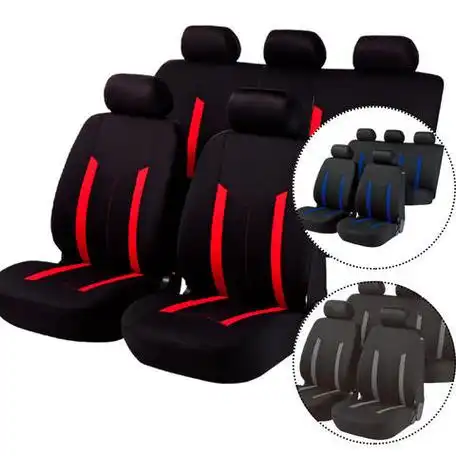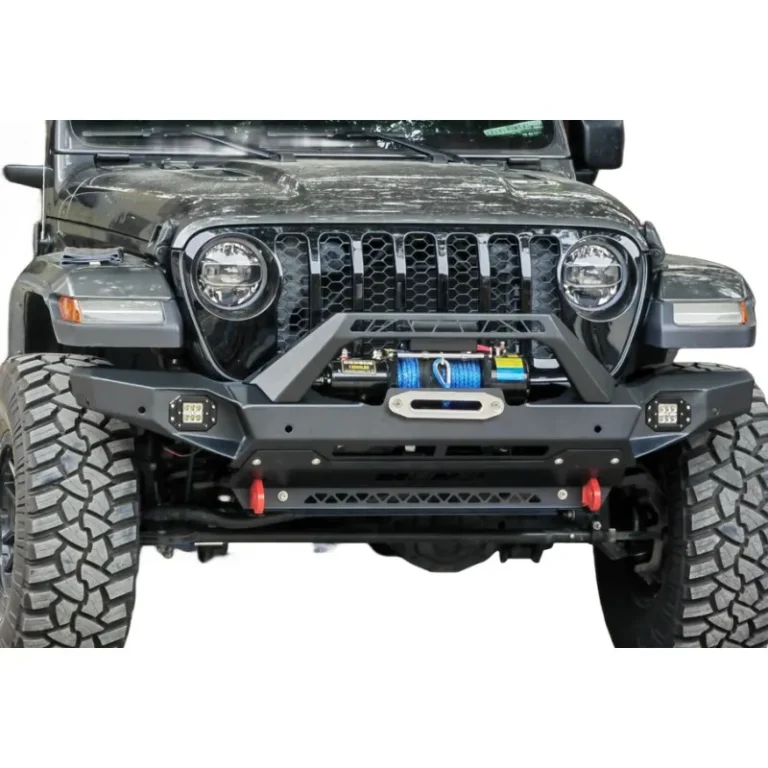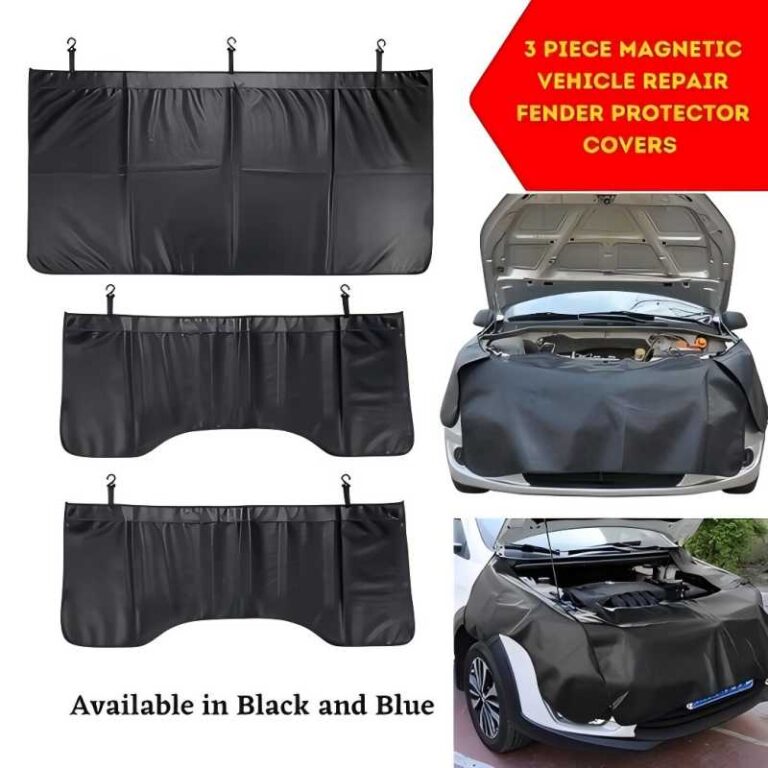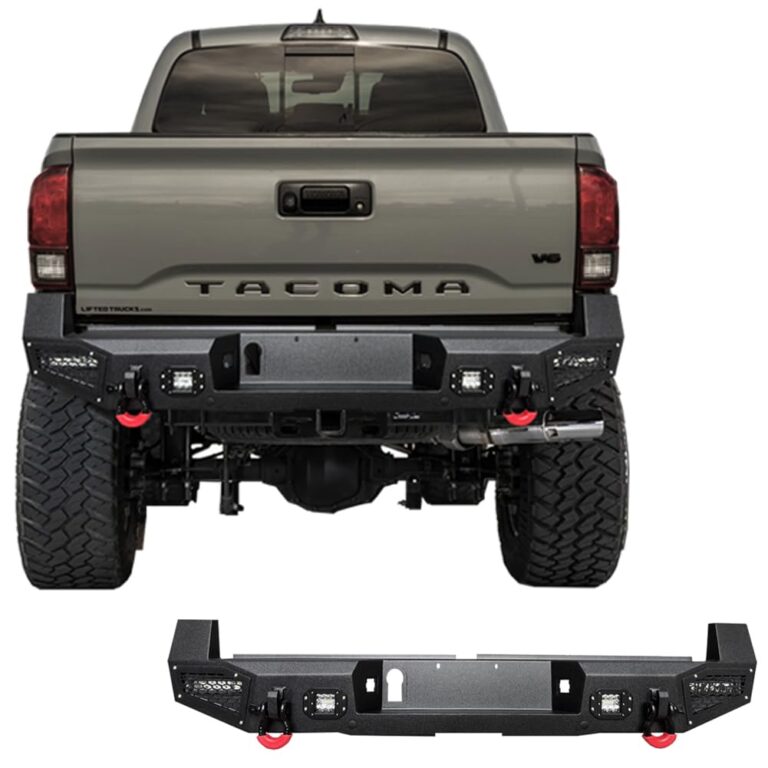-
Xingming Road, Yanyuan, Xingtan, Shunde, Foshan, Guangdong

Digital Stitching Revolution in Car Seats: 6 Critical Steps
Abstract:
Car seat covers, which look ordinary, are actually the crystallization of material science, precision engineering and craftsmanship. This article deeply analyzes the six core processes of seat cover sewing – from nano-level leather selection to millimeter-level stitching control, from intelligent pattern making revolution to partitioned cushioning technology – revealing the hard-core logic behind the comfort of luxury cabins.
1. Material selection: a scientific game between comfort and durability
70% of the texture of car seat covers is determined by the material. Nappa leather achieves a balance between breathability and flexibility due to its uniform thickness of 1-1.2mm and open pore structure (Leather Naturally research); high-end synthetic leather such as Ultraleather® improves wear resistance by 300% compared to traditional PU through nano-coating technology (Ultraleather official data). Case: Lexus LS models use semi-aniline leather** on the contact surface and reinforced synthetic leather in the non-contact area to achieve precise cutting of luxury and practicality.
2. Digital pattern making: the annihilation war of millimeter errors
The error rate of traditional manual pattern making is 5%, while the 3D scanning + CAD system improves the accuracy to ±0.3mm. Laser projection is used to directly mark the cutting line on the leather (Assyst Bulmer technology), eliminating the risk of deformation of non-woven fabric transfer. Breakthrough in industry pain points: BMW 7 Series seats have more than 40 curved surfaces, and digital pattern making has compressed the pattern development cycle from 4 weeks to 72 hours.
3. Intelligent cutting: AI-driven material economics
The intelligent cutting table is equipped with a machine vision system to automatically identify leather scars and wrinkles. Through the NestWorks algorithm to optimize the layout, the utilization rate of Nappa leather has jumped from 65% to 92% (Lectra cutting table white paper). Cost truth: For every 1% increase in utilization, the cost of a single vehicle seat is reduced by 80 yuan.
4. Adding cotton to different areas: the microscopic battlefield of ergonomics
Modern seats use a 3-5-layer composite structure: the cushion area uses 45kg/m³ high-resilience sponge to provide support, and the side wings use memory foam + anti-slip layer to enhance the wrapping (BASF Elastoflex solution). Disruptive innovation: Mercedes-Benz S-Class has a pneumatic bag built into the headrest, and the filling amount is adjusted in real time by a micromotor (patent number DE102017215890A1).
5. Sewing process: aerospace standard on the needle tip
- Stitch control: double-needle sewing machine sews at a density of 6-8 stitches/cm, and the stitch tension error must be <0.2N (German Duerkopp standard)
- Anti-fatigue design: Cadillac CT6 pre-buries silicone hose on the back of the stitches to eliminate the feeling of indentation (SAE paper 2019-01-5021)
- Strength verification: The stitches must pass 5000 Martindale wear test (ISO12947 standard)
6. Closed loop of quality control: data-driven zero-defect revolution
The automated quality inspection system compares the stitching position through 3D laser scanning with an accuracy of 0.1mm. The tensile tester applies a 1500N continuous load (US FMVSS207 standard) to the buckle, simulating the strength of ten years of use. Industry benchmark: Audi Q8 production line installs infrared thermal imaging camera to monitor the gluing temperature curve in real time to eliminate the risk of false adhesion.
Conclusion: Underestimated mobile art
The sewing process of car seat covers is actually the ultimate symphony of material mechanics, ergonomics and precision manufacturing. The selection of every inch of leather, the control of every millimeter of stitching, and the layout of every gram of foam are silently interpreting the exploration of the comfort boundary of industrial civilization – when passengers are deeply wrapped in the gentle wrapping of the seat, their bodies feel not only the touch of leather, but also the magnificent ingenuity of human manufacturing on a micro scale.







